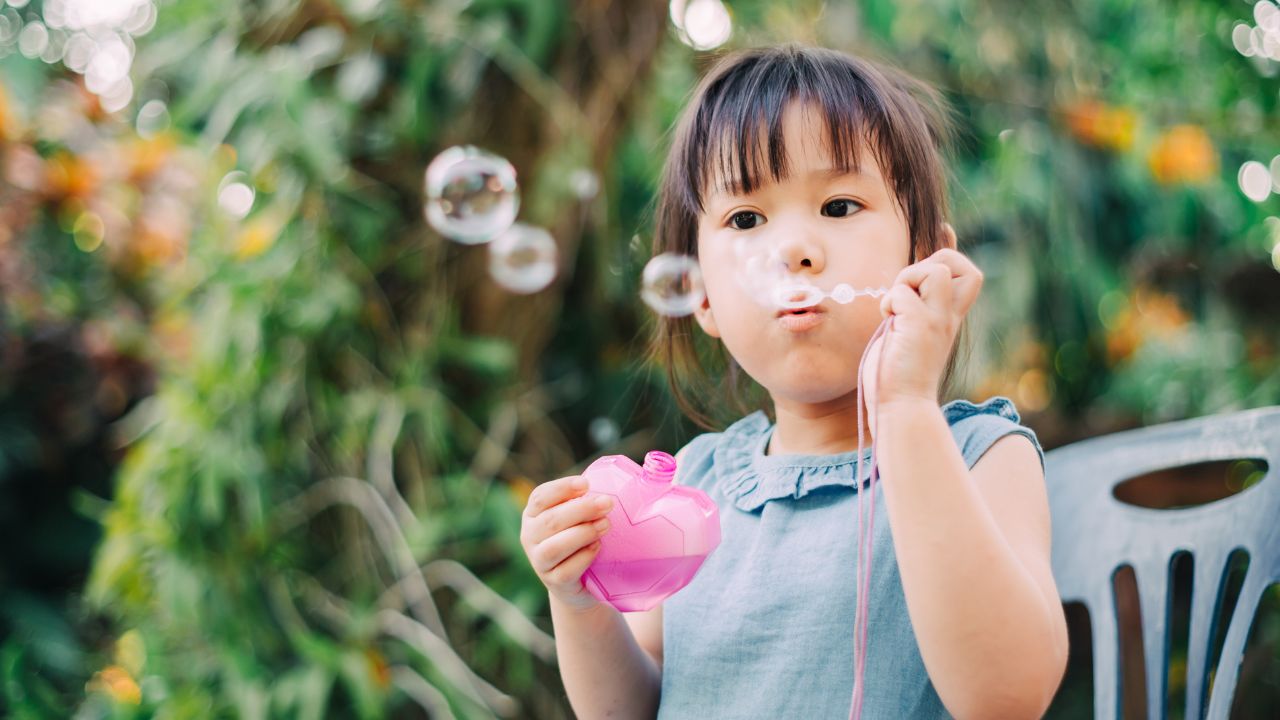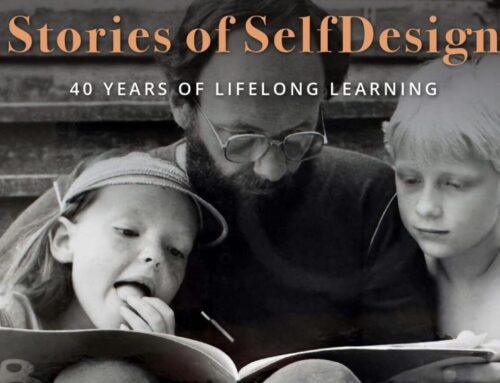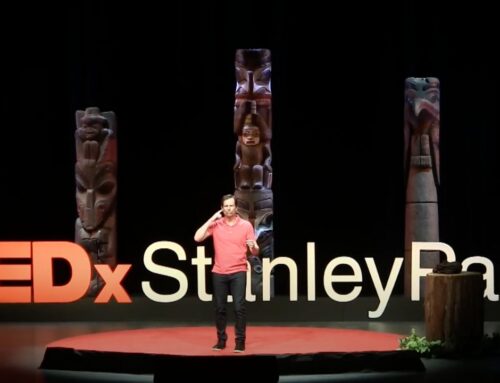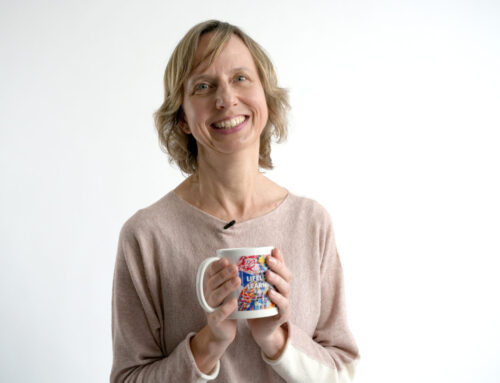By River Meyer, SelfDesign® Director of Organizational Learning and Culture
This is the third article in a series exploring the SelfDesign philosophy.
Learning happens in relationship, whether that relationship is with a family member, a mentor, friends, books or videos, through play or by being in nature. It can also happen in our own reflections on the experiences we have had.
In SelfDesign we believe that learning happens constantly and naturally. It occurs in countless ways – and all are in connection with someone or something we’re exposed to.
In the world of learning at home, young children tend to spend much of their time interacting with family and within their community. The influence of this ongoing exposure shapes the child’s approach to life and to learning.
 When this influencing environment is primarily positive – rather than negative or traumatic – the child tends to develop confidence, self-worth and an attitude of trust. These attributes are the foundation for self-agency and self-responsibility. They come from supportive relationships, and they deeply affect how learning happens.
When this influencing environment is primarily positive – rather than negative or traumatic – the child tends to develop confidence, self-worth and an attitude of trust. These attributes are the foundation for self-agency and self-responsibility. They come from supportive relationships, and they deeply affect how learning happens.
As parents or guardians we can initiate positive learning environments by simply “being” with our children and affirming their interests. To most effectively do this, we put aside our judgements and any predetermined outcomes we might seek in our engagements with our children. We accept them as they are rather than as we might think they should be.
By taking the time to first observe how our children learn through play, imagination or interest in an activity, we begin to truly see them. When we pay attention, they give us clues about their approach to learning and the styles that work best for them. Children notice and respond to our curiosity about them, and the relationship grows and deepens.
Psychiatrist and author Daniel Siegel (The Developing Mind,1999) suggests that emotion is the central organizing process in the brain. He proposes that early and ongoing positive familial relationships shape the child’s ability to integrate learning of all kinds.
In other words, family is the first and likely main exposure that informs the child about what SelfDesign calls “relational learning”. Parents are key in determining the climate of their child’s learning world.
When the family environment is encouraging and the parent is seen as a nurturing guide or mentor, the maturing child is more likely to begin widening the circle of their relationships to invite in other such guides over time.
Positive exposure to relational learning with parents and then to a growing body of mentors and learning opportunities supports the child in becoming a lifelong learner, one who is curious and passionate in their approach to newness.
Isn’t that what we want for our kids?
This topic, as well as others offered in this series, is discussed in more detail in the SelfDesign Path course a resource available to parents and guardians with children enrolled in SelfDesign® Learning Community, and to educators in the program.
Read other articles in this series:
Diving into SelfDesign Philosophy: A seven-part series
Diving into SelfDesign philosophy: Part 1– Being present in today’s world
Diving into SelfDesign philosophy: Part 2 – Being curious







